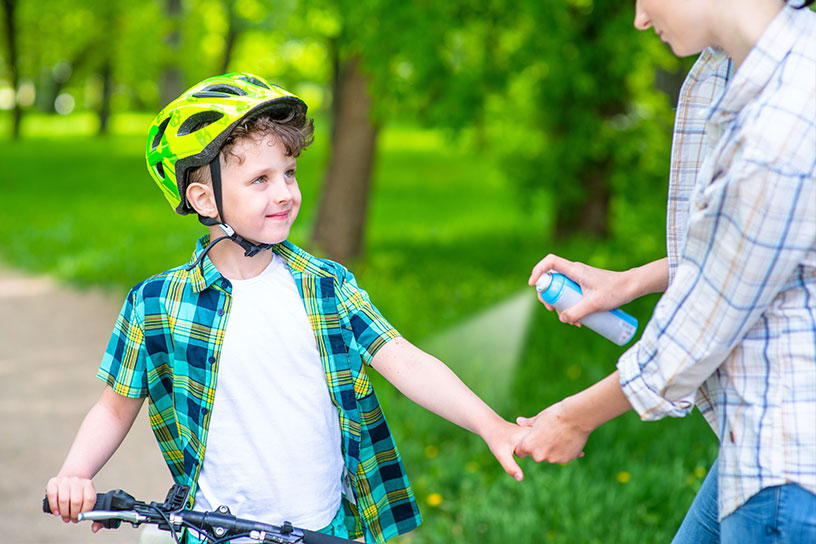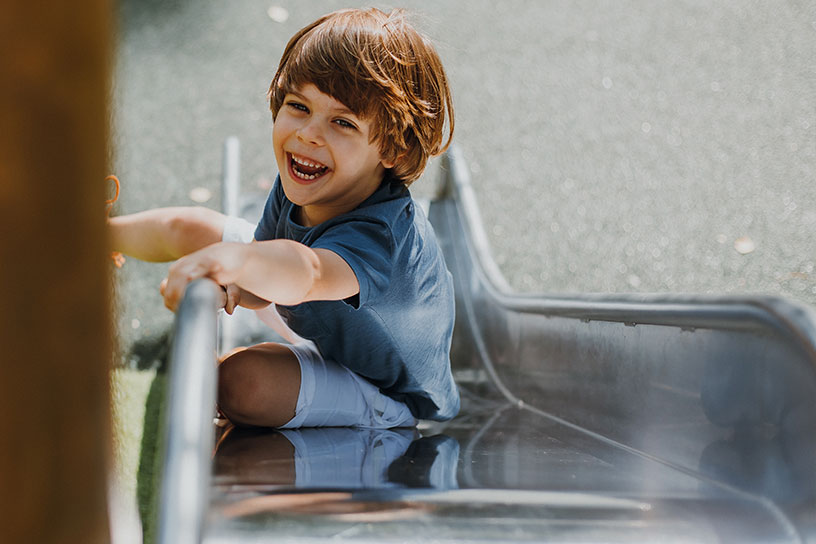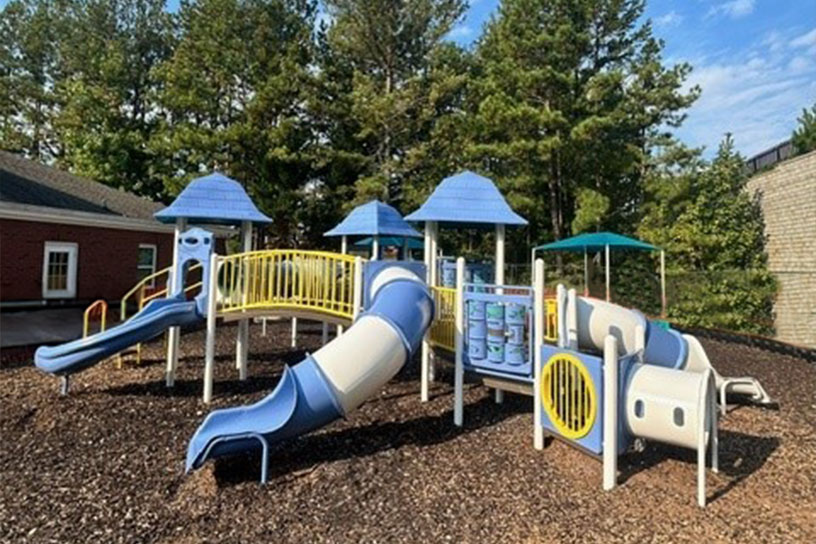If you’re looking to replace your existing surfacing or to install surfacing for a new playground, you’ve likely been bombarded by dozens of rubber playground surface options. While they may all seem quite similar, there are a few major differences you’ll want to keep in mind when making your selection.
To help you make your decision, we’re reviewing each rubber playground surface option based on the four key factors that matter most to playground managers:
- Functionality – How well does the surface protect children at play? How accessible is it? How easy is it to install?
- Appearance – Does the surface look good? How many design options are available?
- Maintenance – How much maintenance does the surface require? How time-intensive is the required maintenance?
- Cost – How much does the surface cost up-front? How much does it cost over its lifetime?
Looking for more playground surfacing info or have further questions? Contact us for a free consultation on the safety of your surfacing.
Poured-in-Place Rubber
Functionality – Poured-in-place rubber is a safe rubber playground surface that effectively absorbs impacts from falls. It is also the most accessible rubber surfacing for playgrounds as it is flat and smooth.
Poured-in-place rubber works well even if you have a custom or irregularly-shaped playground. It is key to install poured-in-place rubber over concrete. Always work with certified installers familiar with the process.
Appearance – Poured-in-place rubber playground surfacing offers a seamless, uniform look that is appealing to many playground managers. It offers a number of design options, including custom logos, branding opportunities, theme and colors.
Maintenance – Poured-in-place rubber is relatively low-maintenance and can be cleaned easily with a broom and a regular garden hose. In addition to regular inspection and repairing any divots or holes, you’ll also need to reseal your surface every 1-2 years to extend its lifespan.
Cost – Poured-in-place rubber is typically the most expensive of the rubber safety surfacing options. It costs between $10 and $20 per square foot depending on your design and the product you choose. Plus you will have substrate costs that will increase your total price per square foot. While it is one of the more expensive surfaces initially, it pays for itself quickly with few maintenance costs long-term.
Bonded Rubber
Functionality – Bonded rubber is a safe rubber playground surface option that cushions falls and other impacts on the playground. It is not quite as smooth as poured-in-place rubber, it is still an accessible surface.
Bonded rubber is relatively easy to install by an experienced installer, and much like poured-in-place rubber it works well with irregular shapes or custom playground footprints. It does however require significant surface preparation, without which it will not last its intended lifespan.
Appearance – While bonded rubber isn’t quite as sleek as poured-in-place rubber, it still has some of its seamless appeal. It is available in a number of colors and can even be mixed to create custom combinations and designs.
Maintenance – Bonded rubber needs ongoing cleaning and maintenance to extend its lifespan. In addition to cleaning with a soft-bristled broom and a low-pressure hose, you’ll need to patch in any holes or gaps as they appear.
Cost – Bonded rubber usually costs between $5 and $15 per square foot depending on the installer, substrate and color/design you choose. The good news is that it requires virtually no preventative maintenance, so you’ll only need to budget for repairs in the long-term.

Rubber Interlocking Tiles
Functionality – Interlocking tiles are a safe and effective rubber playground surface option. They come in various thicknesses for needed impact protection at various fall heights and color options. Rubber tiles are best for simple playgrounds with standard footings, since each tile will need to be cut to fit around equipment..
Installation is easy as long as care is taken to glue each tile properly and cut carefully around each footing. Rubber tiles work best over smooth concrete or asphalt.
Appearance – Rubber interlocking tiles come in a variety of thicknesses, edging and colors to help customize your surfacing. While they aren’t as seamless as poured-in-place rubber playground surfacing, they still offer a smooth, flat surface for play. Tiles also offer great accessibility with simple, regular maintenance.
Maintenance – Rubber tiles are relatively easy to clean and maintain. Regular sweeping and cleaning with a hose will keep your surface looking great. When it comes to maintenance, you’ll need to inspect your surfacing regularly, focusing on the seams and repairing/replacing any tiles that are damaged or peeling up. Tiles offer an accessible alternative to poured-in-place rubber.
Cost – Interlocking tiles are typically slightly more affordable than poured-in-place and bonded rubber options, and range between $5 and $10 per square foot. However, it’s important to choose a quality installer to avoid unnecessary repair costs.

Loose-Fill Rubber
Functionality – Loose-fill rubber is an effective rubber playground surface option that is easy to install. It provides a soft landing for falls on the playground, but unfortunately is far less accessible than its unitary counterparts.
Appearance – Loose-fill rubber comes in a wide array of colors and even custom mixes. There isn’t the opportunity for theming, branding or graphics like with unitary rubber. Always use a geotextile filter fabric and containment borders with loose-fill rubber.
Maintenance – Loose-fill rubber requires regular inspection and cleaning to maintain its effectiveness. Rake your surface often to help identify debris and hazards. Flush the surface periodically with water for a deeper clean. It is also nearly impossible to effectively sanitize.
Loose-fill rubber can be displaced easily especially in high traffic areas and under swings and slides. Wear mats are a good solution for those high traffic areas. Rake the material smooth with each inspection, and top up your material as needed to maintain proper depths for impact protection.
Cost – Loose-fill rubber is typically the most affordable rubber playground surface option at $3 to $10 per square foot. However, long-term maintenance costs will be slightly higher, so be sure to order extra to keep on hand to refill as needed. Don’t forget to include containment borders when budgeting for your playground project when using loose-fill safety surfacing.







